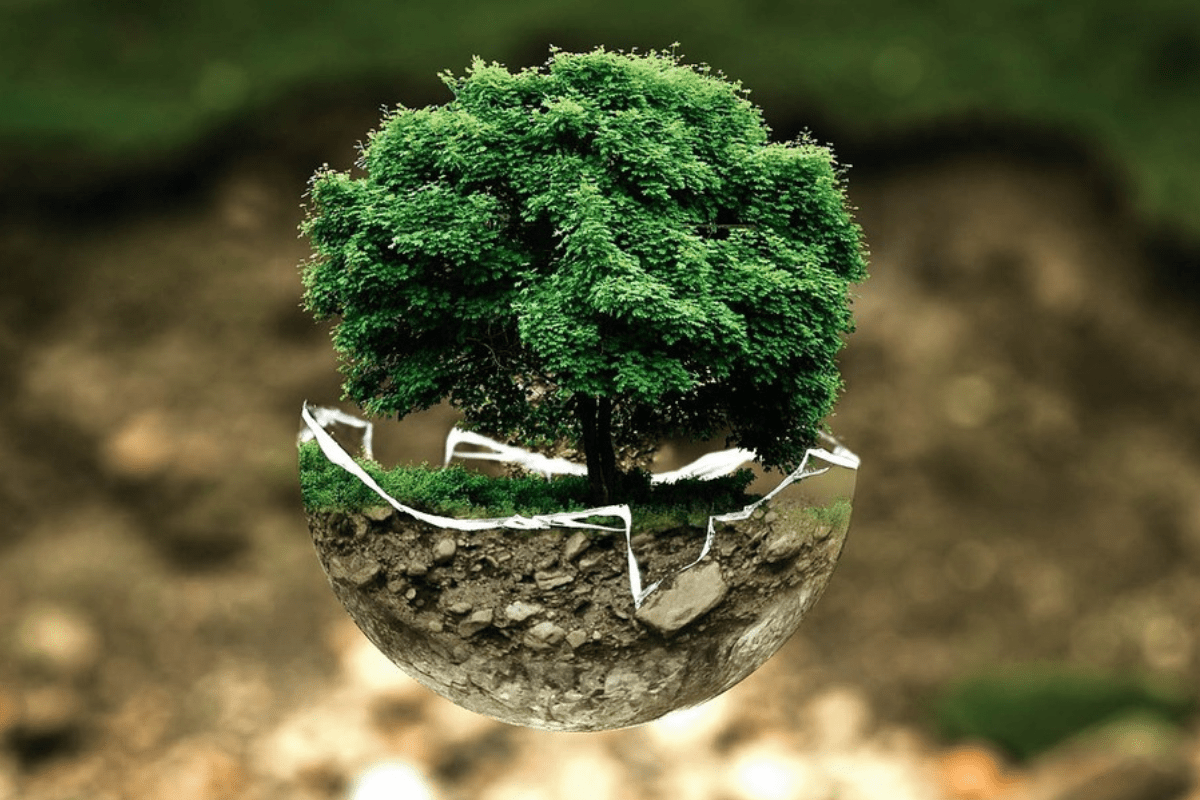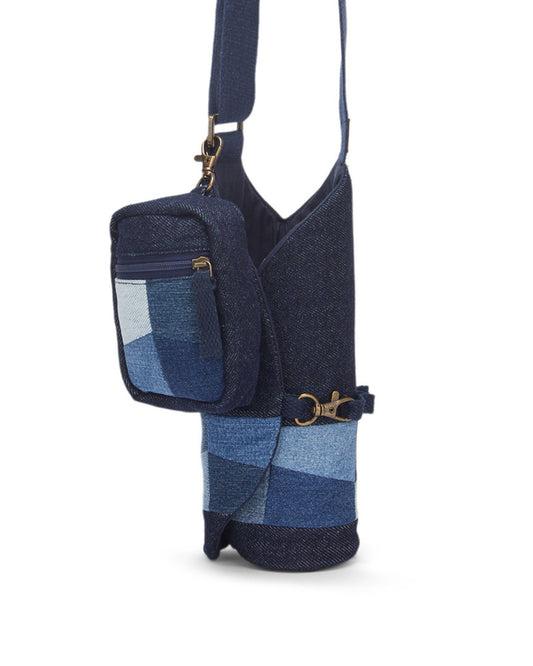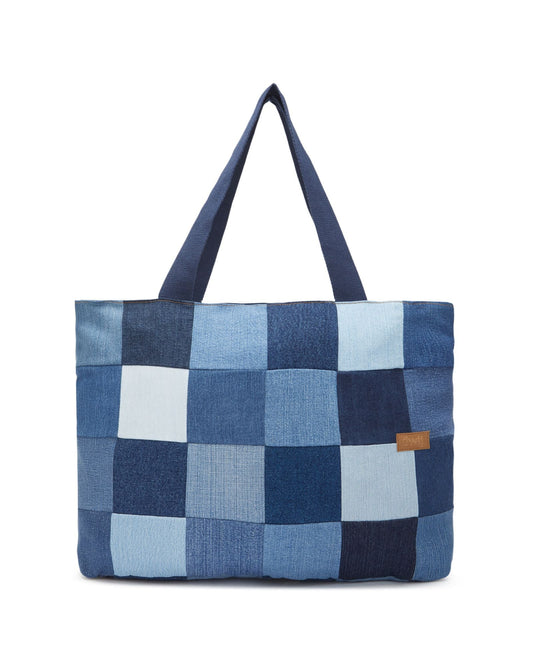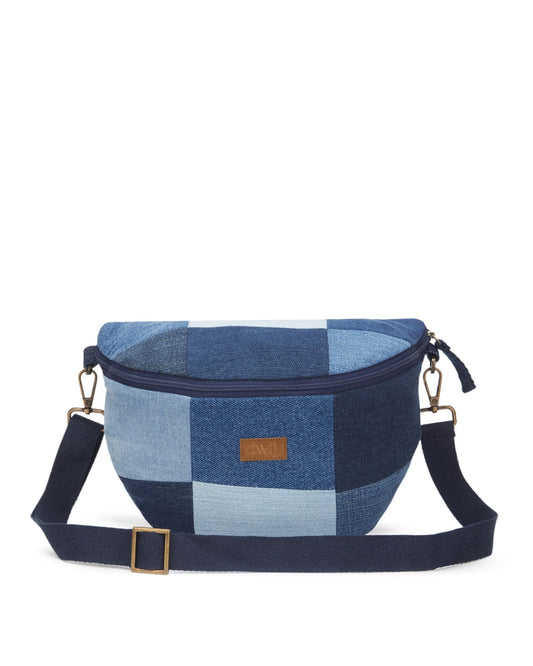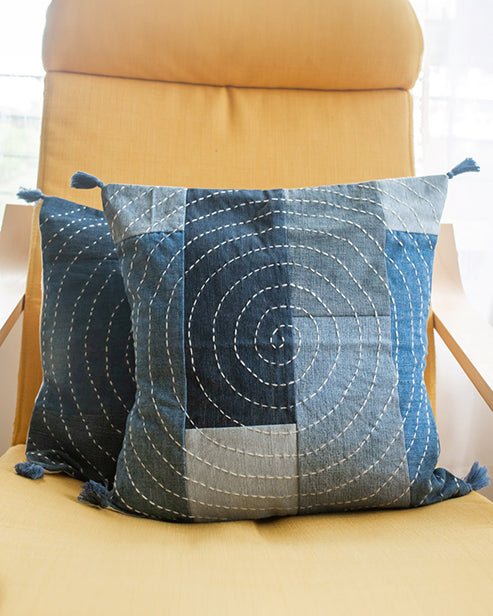Fast fashion-Slavery wrapped in cheap fabric! The so-called "affordable" outfit that we purchase is often stitched with blood, sweat, and dreams of exploited workers. With every latest trend, landfills are fueled, and every sale of fast fashion poisons our planet. Still, the fast fashion industry will try to convince you that it's just fashion! But Sustainable fashion rips apart this illusion. Upcycling is not only meant to reuse fabric.-it fights with the system built causing pollution and waste. Fashion isn't about trends anymore. It's about the survival of the planet, the survival of us!
1. The Environmental Crisis in Fashion
The fashion industry is not about trends anymore. It is one of the most important factors affecting the planet. From massive carbon emissions to excessive waste, the fast fashion industry operates completely on a destructive cycle, polluting the planet. If we care about our planet and the future of fashion, we must acknowledge the damage done by fast fashion and embrace sustainable fashion for a better future.
1.1. The Impact of Fast Fashion on the Planet
Fast fashion often relies on mass production and rapid consumption. But the environmental cost we pay is staggering. The clothing industry is flooded with cheap garments that are discarded after just a few years. Every year, tons of clothing waste end up in landfills.
Along with textile waste, fast fashion contributes 10% of global carbon emissions, and the fashion industry is the second largest consumer of water. These indicate why we have to move towards sustainable fashion instead of fast fashion.
1.2. How Much Waste Does Fashion Produce?
The fashion industry creates more than 100 billion garments each year, of which 85% go to landfills. Due to the large amount of waste, the world's landfills are overflowing. Fast-fashion clothes are made from synthetic fibres that take 200+ years to break down. Apart from this, the clothes made by the fast-fashion industry need non-renewable resources; for example, 70 million barrels of oil are required to produce polyester fibres!
2. What is Upcycling and Why It’s Different from Recycling
Many people believe that recycling is the best way to reduce waste. Although recycling helps to reduce waste, it needs a lot of effort and energy to break down materials completely. Upcycling, on the other hand, does not require breaking the old material completely. Upcycling is all about creativity!
2.1. The Upcycling Process: Breathing New Life into Old Clothes
The primary step of upcycling is sourcing the waste. The clothes often discarded and thrown even in good condition are used for upcycling.
Instead of discarding damaged clothes, in upcycling, we can use them as raw material by cutting, stitching, and reshaping them, using them as raw material.
So once the raw materials are collected, the new upcycled piece is created. Old denim, fabric straps, buttons, zippers, and outdated clothing pieces can be upcycled.
But the main ingredient? Of course, it's creativity!
2.2. Benefits of Upcycling Over Traditional Recycling
Traditional recycling reduces waste but needs lots of energy and water to break down the materials. On the other hand, upcycling is a far more sustainable approach as it prevents the use of more resources and preserves the integrity of materials used.
3. How Upcycling is Shaping the Future of Fashion
Handcrafted Upcycled Jeans Earrings Krittika (Medium Blue)
The future of fashion is not mass production anymore! It is all about innovation, individuality, and sustainability. As the demand for sustainable and ethical fashion increases from consumers increases
3.1. Creative and Unique Fashion
Upcycled fashion’s exclusivity lies in the uniqueness of each piece. They are offering consumers the opportunity to stand out with something customised and special. Upcycling allows for immense creativity, enabling designers and fashion enthusiasts to experiment and create different designs.
3.2. How Designers and Brands Are Embracing Upcycling
Many forward-thinking designers and brands are integrating upcycled materials into their collections, focusing on the environmental and creative benefits of the process. High-profile brands started involving upcycled materials in their garments, signaling a broader trend toward sustainable fashion. Notable designers are also embracing the upcycled aesthetic, producing collections that highlight creativity and sustainability.
3.3. Upcycling in Streetwear & High Fashion
From streetwear to high-end couture, upcycled fashion is transforming categories and reshaping all sectors of the fashion world. Consumers increasingly seek fashion that aligns with their values, leading to a rise in demand for ethically produced garments. This shift reflects a broader movement in consumer preferences toward more sustainable and ethical choices.
4. The Environmental Impact of Upcycling
Repurposed Upcycled Denim Jeans Apron (adult)
Upcycling stands in crisp contrast to the wastefulness of traditional fashion practices. Upcycling has a significant positive impact on the environment by giving new life to old garments.
4.1. Reducing Waste and Pollution
Upcycling reduces the amount of textile waste that ends up in landfills. By reusing existing garments, we cut down on the need for new textiles, preventing further pollution and conserving natural resources. Upcycled fashion helps to close the loop, reducing the negative impact that traditional fashion has on the planet.
4.2. Lowering the Fashion Industry’s Water Usage
Conventional clothing production is water-intensive, with a huge amount of water required to grow cotton or process fabrics. Upcycled fashion, however, uses far fewer water resources, as it makes use of materials that already exist, eventually reducing the water consumption associated with clothing production.
4.3. A Step Toward Circular Fashion
Upcycling is a crucial part of the “circular economy” in fashion, where the motive is to keep materials in use for as long as possible. By extending the lifespan of garments through upcycling, we can move closer to a truly “zero-waste” fashion industry, where materials are continuously reused rather than discarded.
5. Economic and Social Benefits of Upcycling Fashion
Upcycled Eco-friendly Denim Jeans Lunch Bag (Large)
Upcycling doesn’t just focus on sustainability but also provides economic and social advantages, mainly for local communities and small businesses.
5.1. Empowering Artisans and Small Businesses
Upcycling often involves local artisans and small businesses, providing them with opportunities to showcase their craftsmanship. It helps, supports local economies, and promotes fair trade practices, ensuring that workers are paid fairly for their work.
5.2. The Growing Market for Upcycled Fashion
The demand for upcycled fashion is rapidly increasing. As more consumers go for sustainable options, the market for upcycled denim products is expanding by 7.8%, providing new opportunities for innovation and entrepreneurship in the fashion industry.
6. How to Support Upcycled Fashion and Join the Movement
Upcycled Eco-Friendly Day Travel Backpack Bag
There are various ways to support upcycled fashion, from purchasing upcycled garments to embarking on your DIY projects.
6.1. Shopping for Upcycled Fashion
Consumers can support upcycled fashion by looking for “brands and stores” that specialize in sustainable fashion. Many online platforms now feature upcycled clothing options, making it easier than ever to shop consciously.
6.2. DIY Upcycling Projects for Beginners
For those looking to try upcycling at home, they can start with simple DIY projects. From transforming old jeans into stylish upcycled denim bags and upcycled jewellery. There are infinite possibilities for creativity.
If you are still confused, donate your old denims to us. We will upcycle them into beautiful denim tote bags, upcycled sling bags, upcycled home goods, handcrafted jewellary and much more.
7. The Future of Fashion: Embracing Upcycling for a Sustainable Tomorrow
Handcrafted Upcycled Patched pouch
As more people engage in conscious consumerism, the future of fashion is shifting. “Upcycling” offers a path toward a more sustainable and ethical industry where waste is minimized, resources are conserved, and creativity thrives.
7.1. The Rise of Conscious Consumerism
Consumer interests in ethical and sustainable choices in their purchasing decisions. This growing demand for sustainable fashion is developing the rise of upcycling as a solution to the environmental and social challenges posed by fast fashion.
7.2. Innovations in Upcycling Technology
Advancements in “upcycling technology” are making it more efficient, easily available, and scalable. From improved techniques for breaking down and reusing textiles to the development of new machinery, technology is playing an important role in the future of upcycled fashion.
7.3. A Vision for a Greener Fashion Industry
Upcycling has the potential to pave the way for a “zero-waste” fashion industry where materials are kept in circulation and the harmful impacts of mass production are eliminated. This vision of a greener, more sustainable fashion industry is within reach, and upcycling will be crucial to making it a reality.
8. Conclusion
Upcycled Kantha Hand Embroidered Wallet With Coin Pouch
Upcycling is the best alternative to the wastefulness of fast fashion. It provides an innovative, creative, and sustainable way to produce unique, ethical garments while reducing environmental impact. As we look toward the future, embracing upcycled fashion is key to building a more sustainable and innovative fashion industry.
Frequently Asked Questions (FAQs)
1. What is upcycling in fashion?
Upcycling in fashion means using old or discarded clothing and transforming it into new, unique pieces, reducing waste and promoting sustainability.
2. Can upcycling replace fast fashion?
No, it will not replace completely but provides a sustainable alternative that will help in reducing the environmental and ethical issues associated with mass production.
3. How do I start upcycling my clothes?
You can start with small DIY projects, such as using old garments and transforming them into new accessories or outfits, which will be the best way to begin your upcycling journey.
4. Where can I buy upcycled fashion?
Many online stores and boutiques now specialize in upcycled fashion, and you can also visit our website, where you will find the best upcycled products.

